

Welcome to Healing in Color
By Katherine Juarez
This zine is a space for truth-telling, tenderness, and resistance.
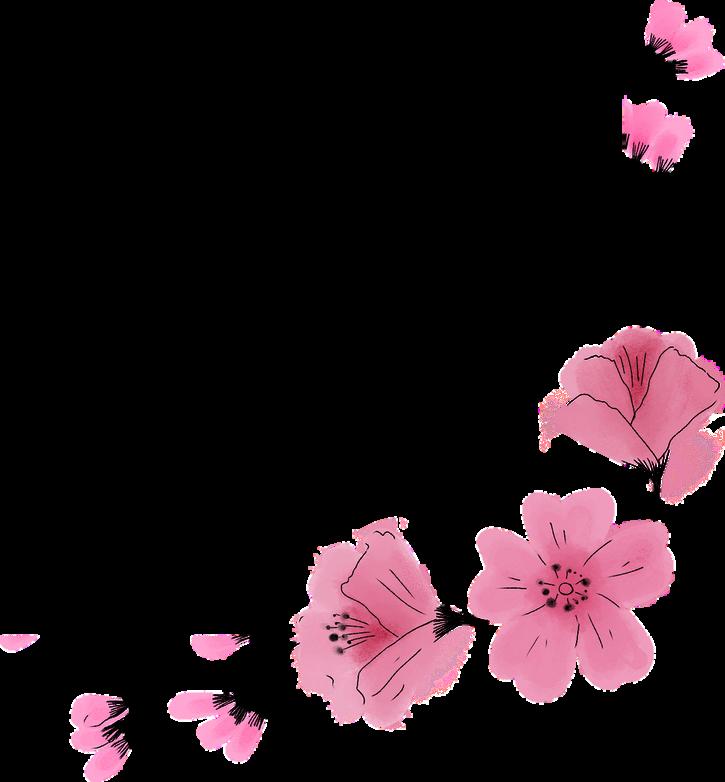
In a world where our pain is often ignored-or exploited-we wanted to make something honest. Something soft. Something powerful.
The stories, poems, and affirmations inside come from real places of struggle and survival. We believe healing looks different for everyone. And for BIPOC communities, healing is layered. it's ancestral, cultural, spiritual, political, and ongoing.
This zine is for anyone who's trying. Anyone who's tired. Anyone who's still here. You don't have to be 'fully healed' to belong here.
You just have to show up as you are.
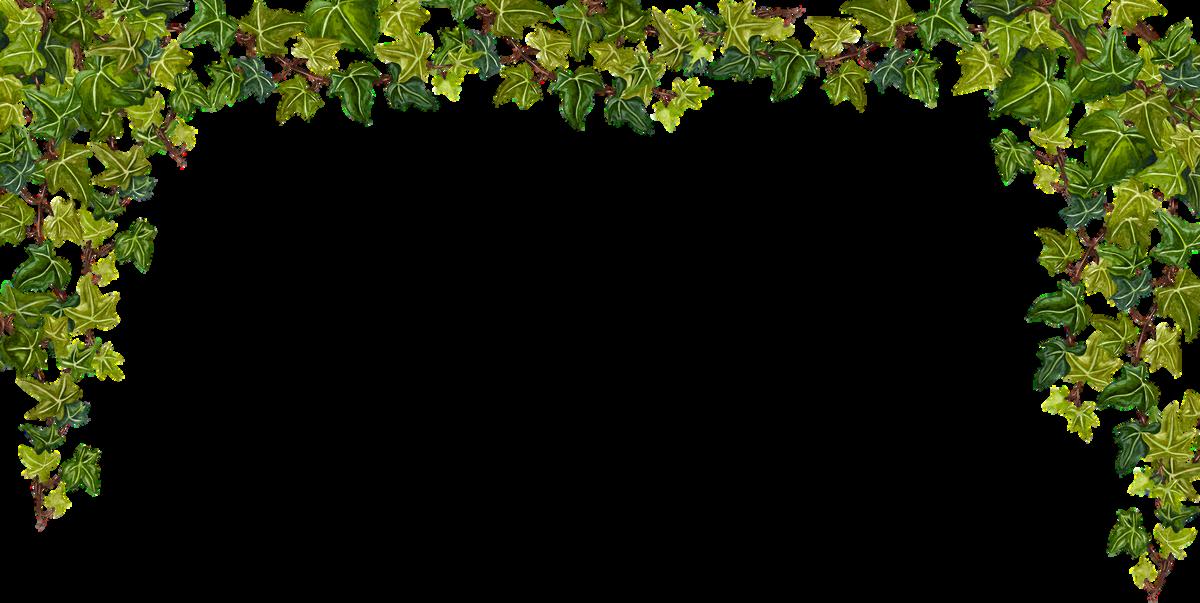

Affirmations for Collective Healing

Breathe.Read.Repeat.
Healing can look like boundaries. Like laughter. Like doing less.
I am allowed to unlearn what no longer serves me.
Rest is not a reward—it is my right.
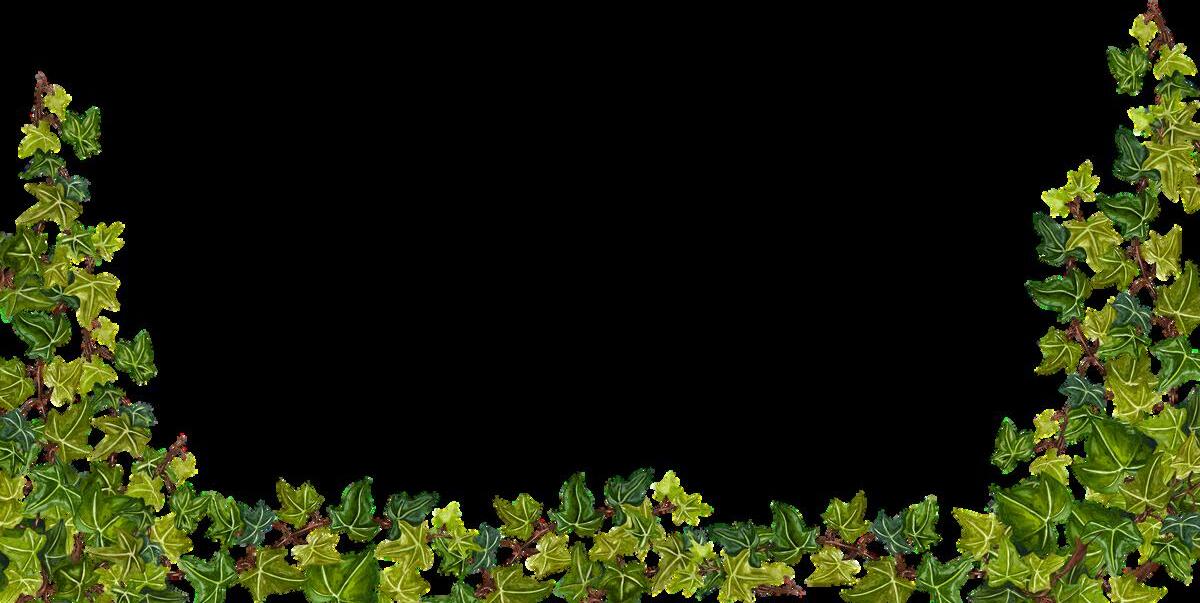
I can have hard days and still be healing.
Beloved community into nightmares
by david cho

At 17, I was assaulted on public transit by an elderly homeless woman. I wanted to fight back but didn’t have the strength or heart to I was too stunned to react, and no one around me helped. The bus driver saw everything and asked the woman to leave, but he advised me not to contact the police, as it would delay everyone’s morning Feeling like a burden, I left without reporting the incident and walked 1.45 miles to school.
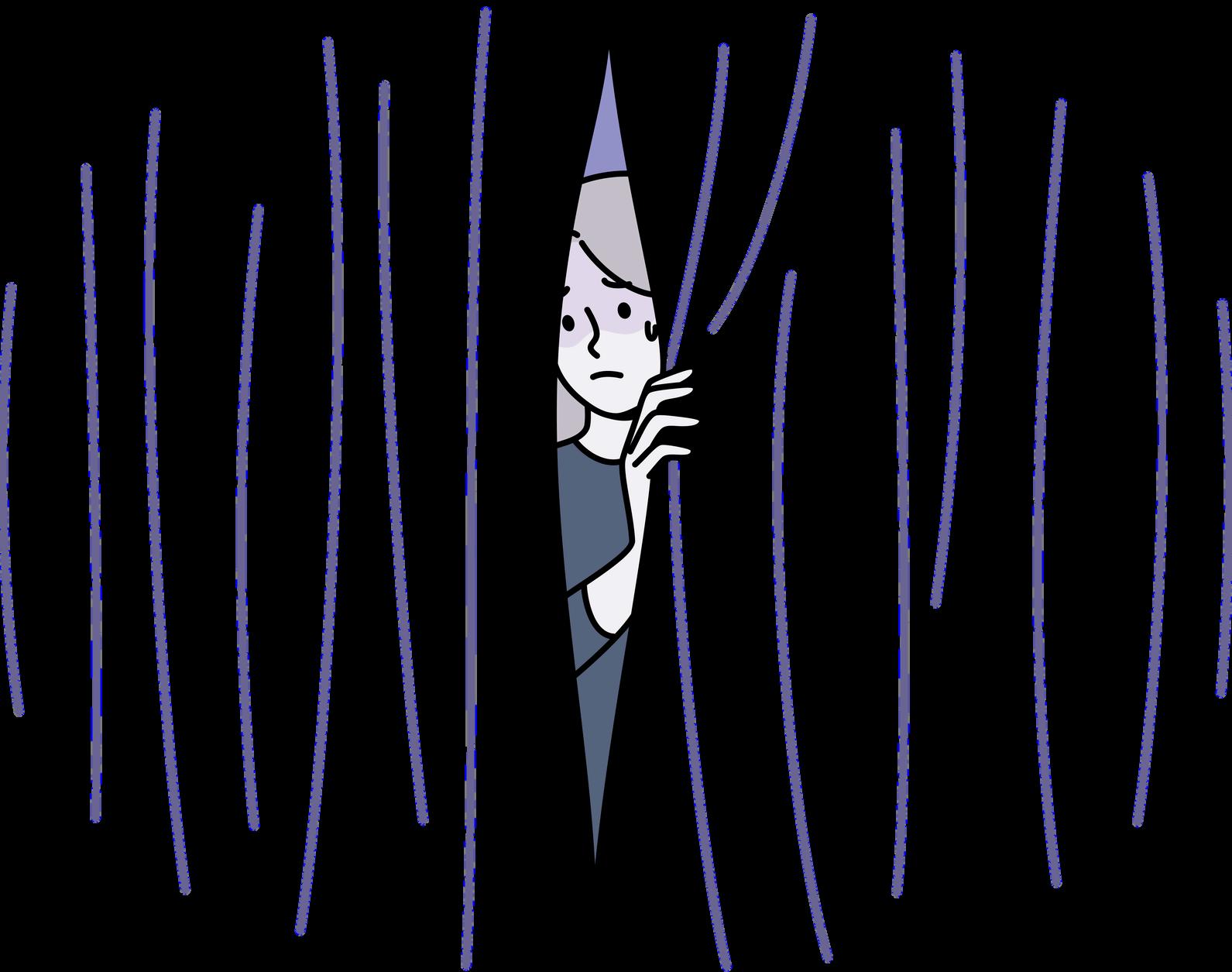
Growing up in Downtown Los Angeles, I never feared public spaces. I appreciated the city's energy, enjoying experiences like watching the LA Clippers or celebrating New Year's at Grand Park. However, that assault shattered my sense of security I became fearful of public spaces and public transit, leading to agoraphobia a fear of situations that might cause panic attacks or helplessness
The following year, I was attacked at knifepoint twice on my usual bus. Later, my brother and I were assaulted by seven bikers who stole our shoes and shirts These events deepened my agoraphobia. Tasks I once enjoyed, like walking to get my favorite spicy chicken sandwich, became overwhelming, and my connection to the city faded Even after moving to Berkeley, where crime rates are high, my agoraphobia persisted. Though I haven't experienced any violence here, I remain paranoid. Every person I pass feels like a potential threat, and I constantly battle negative thoughts about possible danger I want to love Berkeley, and though my agoraphobia still challenges me, I refuse to let fear define who I am The journey ahead is long, but I am determined to overcome it, one hesitant step at a time

About the writer
David Cho (he/him)
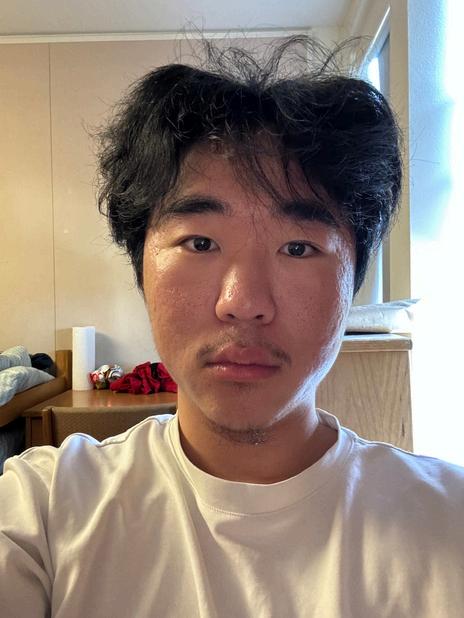
Hello, I go by David Cho, and I am a rising junior at the University of California, Berkeley, pursuing a four-year degree in Economics and Music. As a first-gen Korean-American who grew up in Los Angeles, I have always been passionate about bridging cultural experiences and using my education to make a positive impact. Throughout my time at Berkeley, I’ve been actively involved in mentoring programs that support firstgeneration and underrepresented students in the Bay Area. Having gone through similar challenges myself, I find it weirdly relaxing to guide others through academic hurdles, helping them build confidence and find their paths to success.
The Quiet Bloom
BY KARLA AVALOS

They reached for me with hands, not hearts Looking, but never really seeing. I gave parts of myself, hoping they’d stay, But they took what was easy And left the rest behind.
I made myself smaller, Avoided mirrors, Tried to believe love Was just about being wanted. But in the silence, I finally heard it— A quiet voice, steady and true:
“You are not what they needed for a moment. You’ve always been enough.”
Now, my steps feel lighter. Each breath feels like a beginning. Being alone isn’t emptiness It’s space to grow.
Inside these walls, I found a friend:
A love that doesn’t ask to be earned. It just is steady, quiet, strong. A kind of love the world rarely shows.
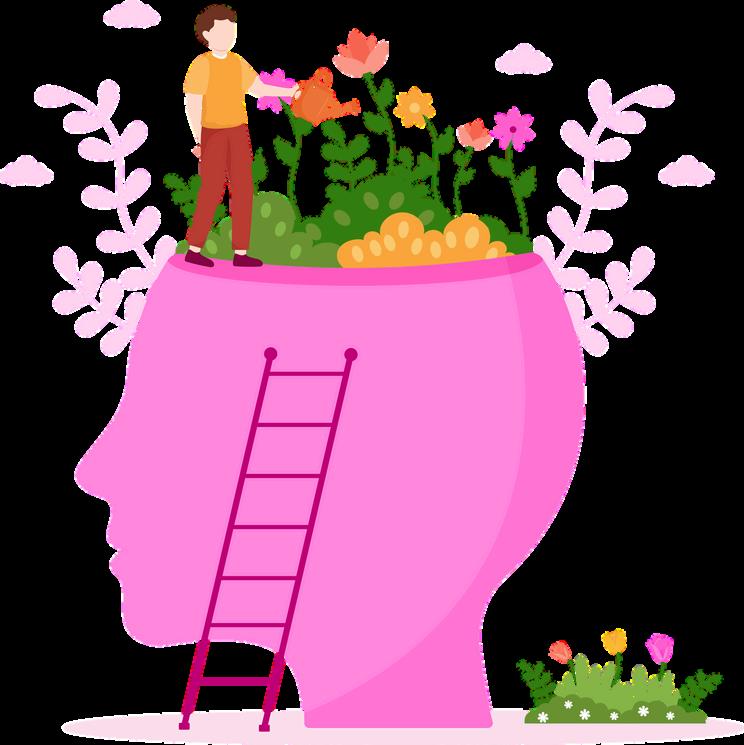
So if they come again, hands open but hollow, I’ll let them pass. I’ll stay rooted in what’s real My love, my light, my worth. And I’ll keep rising, One quiet bloom at a time.
About the writer
Karla Avalos (She/Her)

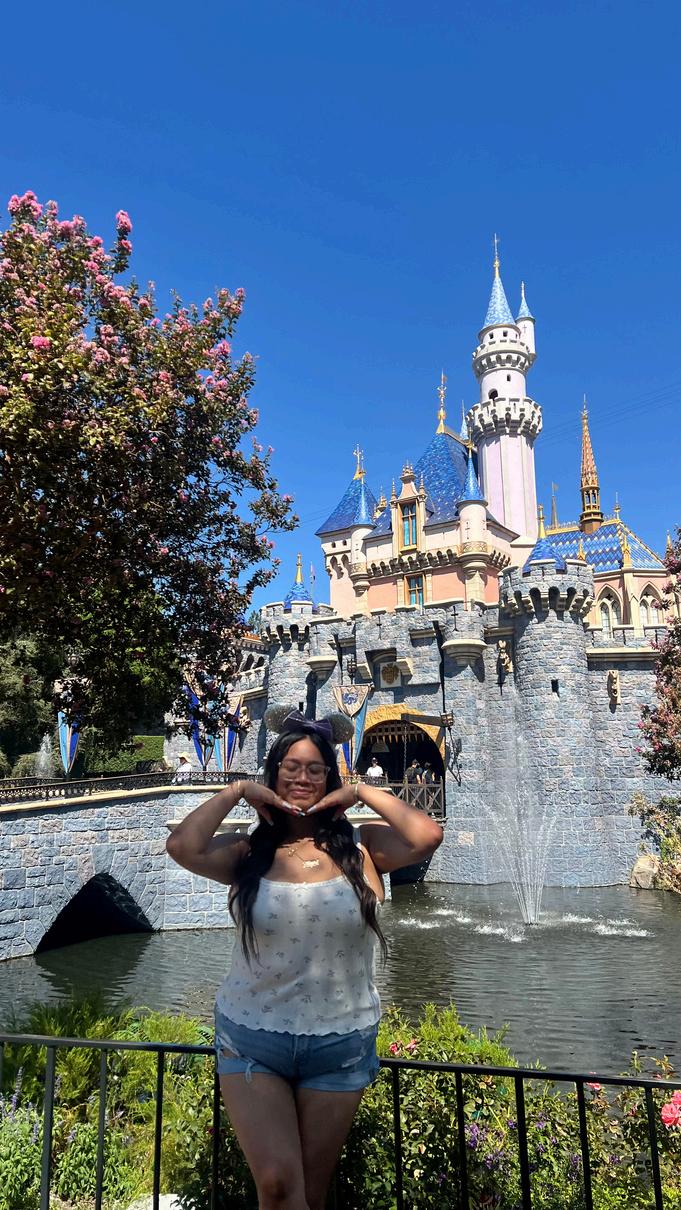
Karla Avalos is a 20-year-old student majoring in Business at the University of California, Riverside. While her academic path focuses on strategy and systems, Karla finds balance and healing through creative expression. Her poem “The Quiet Bloom” reflects her journey toward self-worth, inner peace, and resilience, an emotional counterbalance to the structured world of business. In her writing, Karla explores themes of growth, quiet strength, and the beauty of choosing oneself.

Healing By anonymous
I come from hands that never stopped moving kneading dough, braiding hair, pressing foreheads with pr they didn’t always say out
My mother taught me to without naming it.
Warm broth for heartbre A blanket folded just rig on the couch when I couldn't leave my bed. They didn’t always believe in therapy, but they believed in me. In the way I’d figure it out. In how I’d write things down when I couldn’t speak them out loud.
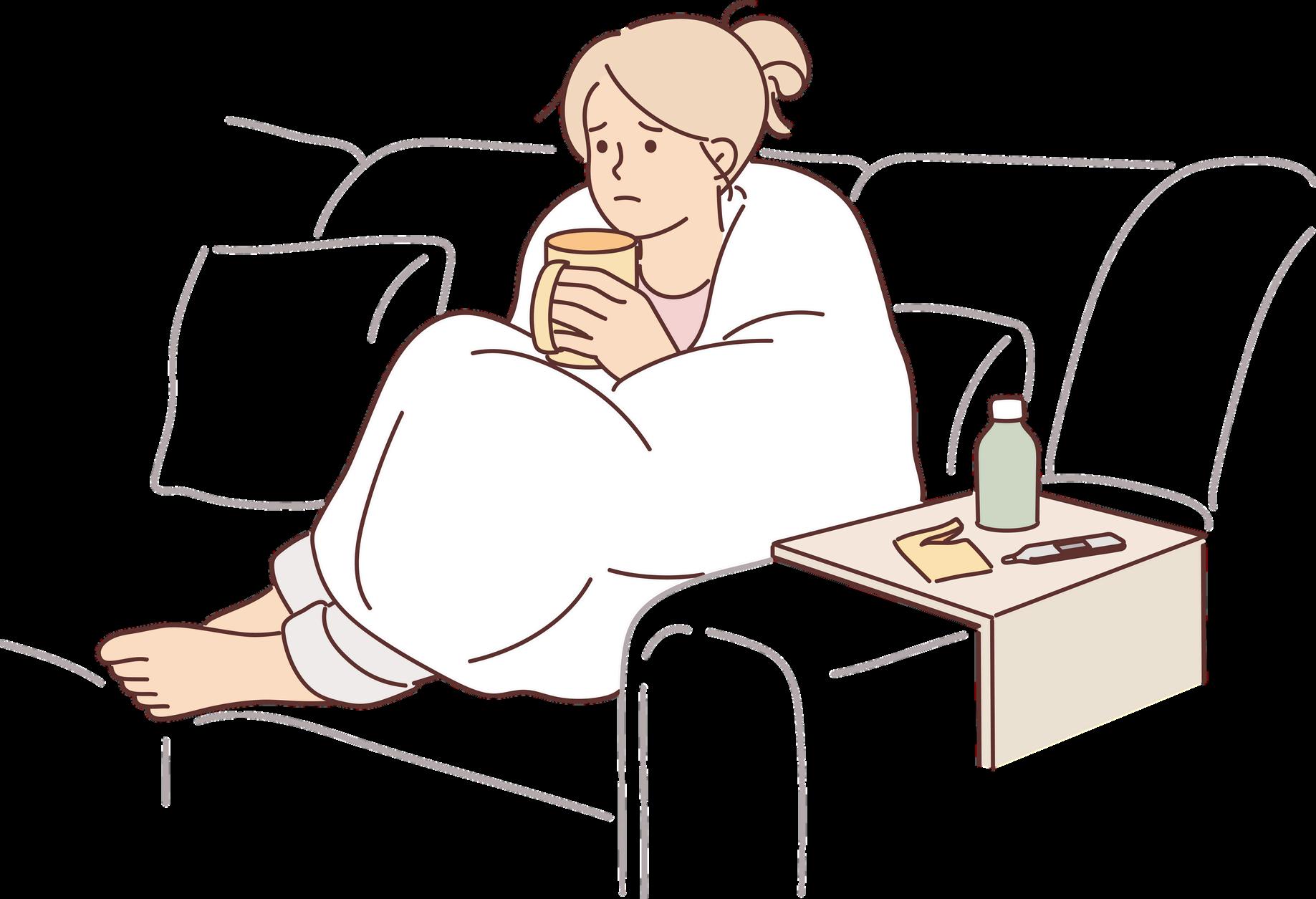
I carry their knowing now. The way they knew when I was unraveling, even when I swore I was fine.
Healing didn’t look loud. It looked like survival. Like a sigh. Like leaving the rice cooker on because you know someone else is still finding their way home.
Dear Reader,
This zine was created out of a deep need for space, for voice, for truth. So often, conversations around wellness are sanitized, commercialized, and filtered through a narrow lens that leaves out the realities of communities like ours. But healing is not one-size-fits-all. It’s layered. Messy. Cultural. Generational. Personal.
In communities of color, healing looks like many things: a shared meal after loss, a whispered prayer before sleep, a walk in the neighborhood with someone who sees you. It looks like language, laughter, grief, herbs, therapy, protest, and care that isn't always pretty or perfect but is always real.
Healing in Color is a collection of those real stories. Here, you found reflections, poems, and memories that speak to pain and power, loss and survival, and the many ways we reclaim our wellness. Every voice here matters, whether named or anonymous. Every page holds something someone needed to say and maybe something you needed to hear. Thank you for opening this zine. We hope it reminds you that healing is possible, and that you're never doing it alone
With care, Katherine Juarez


Community Practices & Resources

Because healing isn’t meant to be done alone.
Cultural Practices of healing
Herbal Medicine – Many BIPOC cultures use plants like manzanilla, mullein, ginger, and turmeric to treat physical and emotional symptoms. Ask your elders or look into local herbalists in your area.
Spiritual Protection & Cleansing – From limpias to candle lighting to ancestor altars, spiritual healing honors the unseen. It’s a way to process grief, fear, and trauma that the body holds
Talking Circles – Found in Indigenous and abolitionist traditions, these nonhierarchical group discussions make space for being witnessed without judgment.
Art & Storytelling – Whether it’s writing, painting, dancing, or beat-making, creating is a powerful tool for processing pain and reclaiming joy.
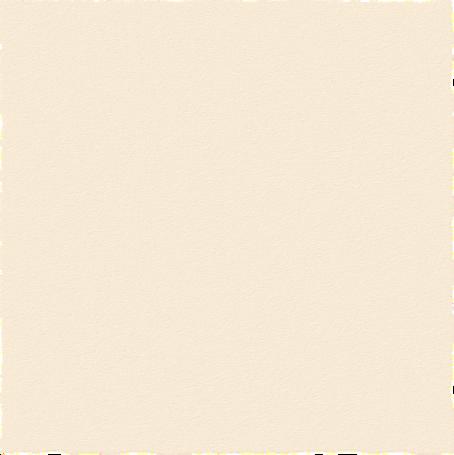
LA Community Fridges @lacommunityfridges Free food fridges across LA take what you need, leave what you can.
Ktown for All wwwktownforall org
Supporting unhoused neighbors through outreach, advocacy, and basic needs
South Central Mutual Aid @southcentralmutualaid Distributes food, supplies, and resources in South Central LA
Los Angeles Spoonie Collective @laspooniecollective Centering disabled, chronically ill, and queer communities with care kits, education, and mutual aid

Reflection Page

Healing in Color was created with urgency, intention, and care. As someone who deeply values emotional truth, cultural memory, and collective resilience, I wanted to make something that held space for the kinds of stories that often go unspoken or are misunderstood. Stories that don’t always fit into clinical definitions of healing or mainstream ideas of wellness, but are still powerful and deeply human.
The pages in this zine are filled with voices that are not my own, but each one was chosen with purpose. These stories, poems, and reflections were written by people who have experienced trauma, strength, transformation, and survival in countless forms. I see pieces of myself, my family, my friends, and my community in these words. I didn’t write them, but I felt them, and I knew they belonged together in conversation with each other.
As I put this zine together, I thought about how healing isn’t linear or onesize-fits-all. For communities of color, it often comes through tradition, storytelling, food, protest, prayer, boundaries, and rest. It can look like remembering an elder’s herbal remedy, lighting a candle for someone we lost, or simply making it through the day. I wanted this zine to reflect that full, complicated picture, the grief and the joy, the weight and the release.
Each page was designed to offer a different entry point into what healing can be. The personal stories ground us in lived experience and remind us of the very real conditions people move through every day. The poems allow emotion to take form without needing explanation. The section on community healing practices honors how we’ve always found ways to care for each other, long before formal systems included us. Affirmations in the zine provide a softer space, a pause, a breath, a reminder of our worth. And the reflection prompts at the end invite the reader to engage, to go inward, to think about how these themes live in their own life.
This zine is not meant to be an answer. It’s not trying to simplify something as vast as healing. It’s meant to hold. To witness. To remind anyone reading that they’re not alone in what they carry or what they’re working through. Making Healing in Color helped me better understand how storytelling can itself be a healing act, not just for the writer, but for the reader too.
